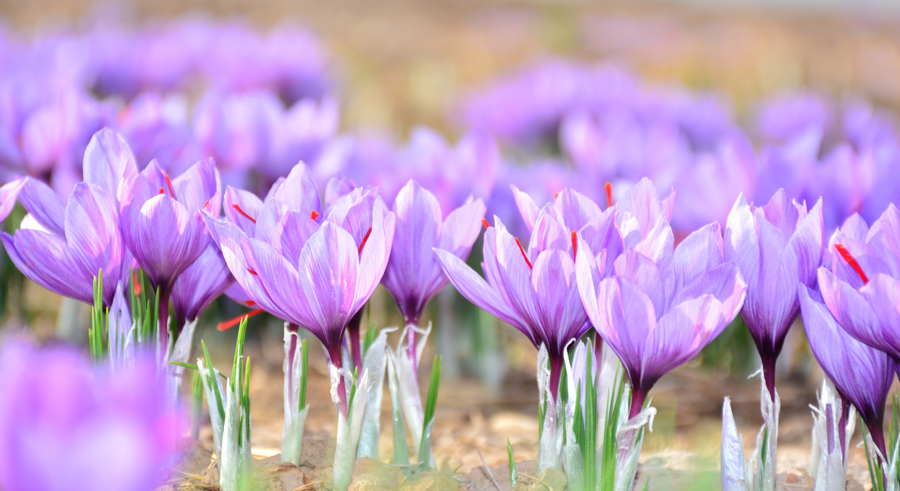Saffron the worlds most expensive spice, Its price ranges from 15,000 euro to 30,000 euros per kilo, depending on the quality.
Why is Saffron by far the most expensive spice in the world? The reason – harvesting the plant is a meticulous process. Each flower has three stigmas, and it takes 50,000 to 75,000 flowers to produce one pound of dried saffron threads. Back in the times of Persians, Greeks, and Romans, Saffron was worth its weight in gold. This can be said today as well since the price for one pound of Saffron might even go up to $5000. The flower blossoms twice a year so the harvesting requires exact timing, precision, and a delicate touch This golden spice of inimitable flavor is produced in Spain and Italy, but the world’s most renowned variety comes from India & Iran.
Indian Kashmiri Saffron is the rarest and most precious of all. Its thicker stands, robust color, deeper flavor, and aroma set it apart from other varieties, in part due to its limited production as well as its high demand.
Health Benefits of Saffron –
- Reduces blood pressure and improves heart health
- Helps in fighting seasonal ailments
- Reduces depression and PMS issues
- Protection against cold
What dishes can saffron be used in?
- Christmas Saffron Cakes
- Chicken with chorizo, peppers & saffron mash
- Saffron butter chicken with date & couscous stuffing
- Autumn vegetable salad with saffron dressing
- Saffron risotto
- Spicy courgetti’s with saffron risotto
- Crab & saffron risotto
- Indian pancakes with saffron & rosewater cream










